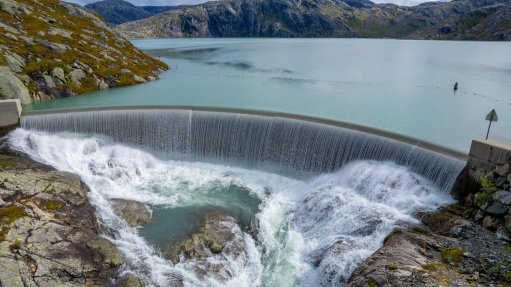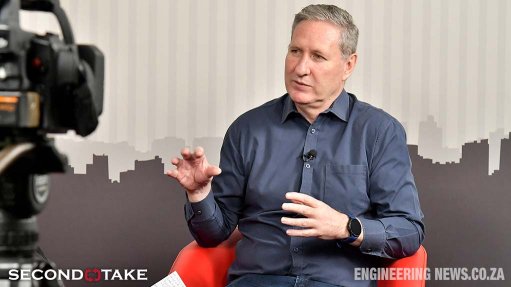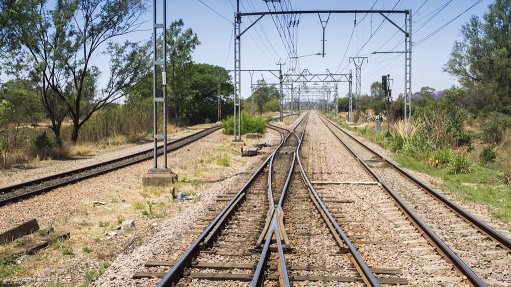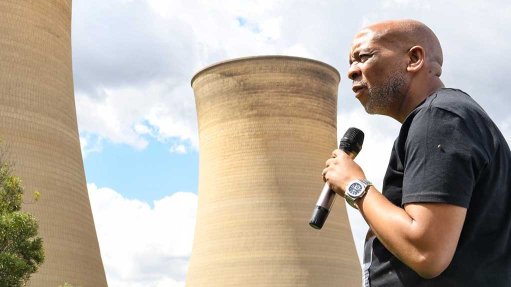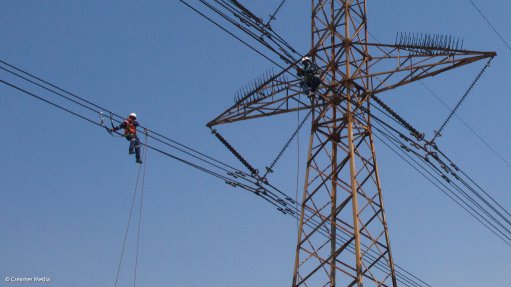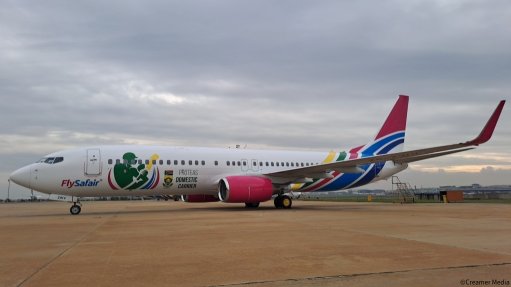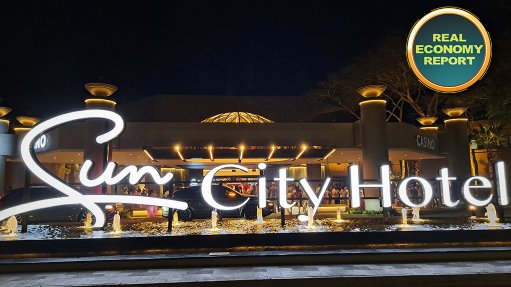Malawi contracts Japan’s Mitsubishi to build 18 MW hydopower plant
Malawi State-owned utility the Electricity Generation Company (Egenco) has contracted Japan’s Mitsubishi Corporation to construct the 18 MW Tedzani IV power station, on the Shire river.
The Malawi government and the Japanese International Cooperation Agency will jointly finance the project, where construction will start in October, with completion expected three years later.
Egenco CEO William Liabunya says the Tedzani IV power station project is one of the projects the utility is planning to implement to meet the rising demand for electricity in Malawi.
“We know that 18 MW will not be enough to meet Malawi’s electricity needs. However, it will help offset the current shortfall,” he says.
Mitsubishi Corporation international economic cooperation acting GM Masato Kume says Japan is proud to be associated with the project, which will help Malawi address its power shortages and promote industrial development.
He adds: “We have a lot of experience in the Middle East, and this is our first project in Africa. Therefore, we want it to be successfully done to have a greater chance of being awarded contracts for similar projects on the continent,” he says. Egenco
is a new company established following the unbundling of the State-owned Electricity Supply Corporation of Malawi (Escom) into two entities to increase efficiency. It is responsible for electricity generation, while Escom continues to be responsible for transmission and distribution.
Egenco, with funding from the World Bank, is also conducting feasibility studies on the 320 MW Mpatamanga hydropower station project, on the Shire river.
Says Liabunya: “We are courting other possible financiers for this project, which will be unique in that it will have a very big dam that will enable us to store more water; we are currently not able to do that at our existing power stations.
“Through this power station, we will be able to store enough water for the power station and expand the downstream Kapichira Falls power station by 100 MW, while also supplying water for the Shire Valley Irrigation Project.”
Malawi largely depends on hydropower stations on the Shire river to meet its growing power demand, currently pegged at 400 MW, compared with installed capacity of 361 MW.
Article Enquiry
Email Article
Save Article
Feedback
To advertise email advertising@creamermedia.co.za or click here
Comments
Press Office
Announcements
What's On
Subscribe to improve your user experience...
Option 1 (equivalent of R125 a month):
Receive a weekly copy of Creamer Media's Engineering News & Mining Weekly magazine
(print copy for those in South Africa and e-magazine for those outside of South Africa)
Receive daily email newsletters
Access to full search results
Access archive of magazine back copies
Access to Projects in Progress
Access to ONE Research Report of your choice in PDF format
Option 2 (equivalent of R375 a month):
All benefits from Option 1
PLUS
Access to Creamer Media's Research Channel Africa for ALL Research Reports, in PDF format, on various industrial and mining sectors
including Electricity; Water; Energy Transition; Hydrogen; Roads, Rail and Ports; Coal; Gold; Platinum; Battery Metals; etc.
Already a subscriber?
Forgotten your password?
Receive weekly copy of Creamer Media's Engineering News & Mining Weekly magazine (print copy for those in South Africa and e-magazine for those outside of South Africa)
➕
Recieve daily email newsletters
➕
Access to full search results
➕
Access archive of magazine back copies
➕
Access to Projects in Progress
➕
Access to ONE Research Report of your choice in PDF format
RESEARCH CHANNEL AFRICA
R4500 (equivalent of R375 a month)
SUBSCRIBEAll benefits from Option 1
➕
Access to Creamer Media's Research Channel Africa for ALL Research Reports on various industrial and mining sectors, in PDF format, including on:
Electricity
➕
Water
➕
Energy Transition
➕
Hydrogen
➕
Roads, Rail and Ports
➕
Coal
➕
Gold
➕
Platinum
➕
Battery Metals
➕
etc.
Receive all benefits from Option 1 or Option 2 delivered to numerous people at your company
➕
Multiple User names and Passwords for simultaneous log-ins
➕
Intranet integration access to all in your organisation







